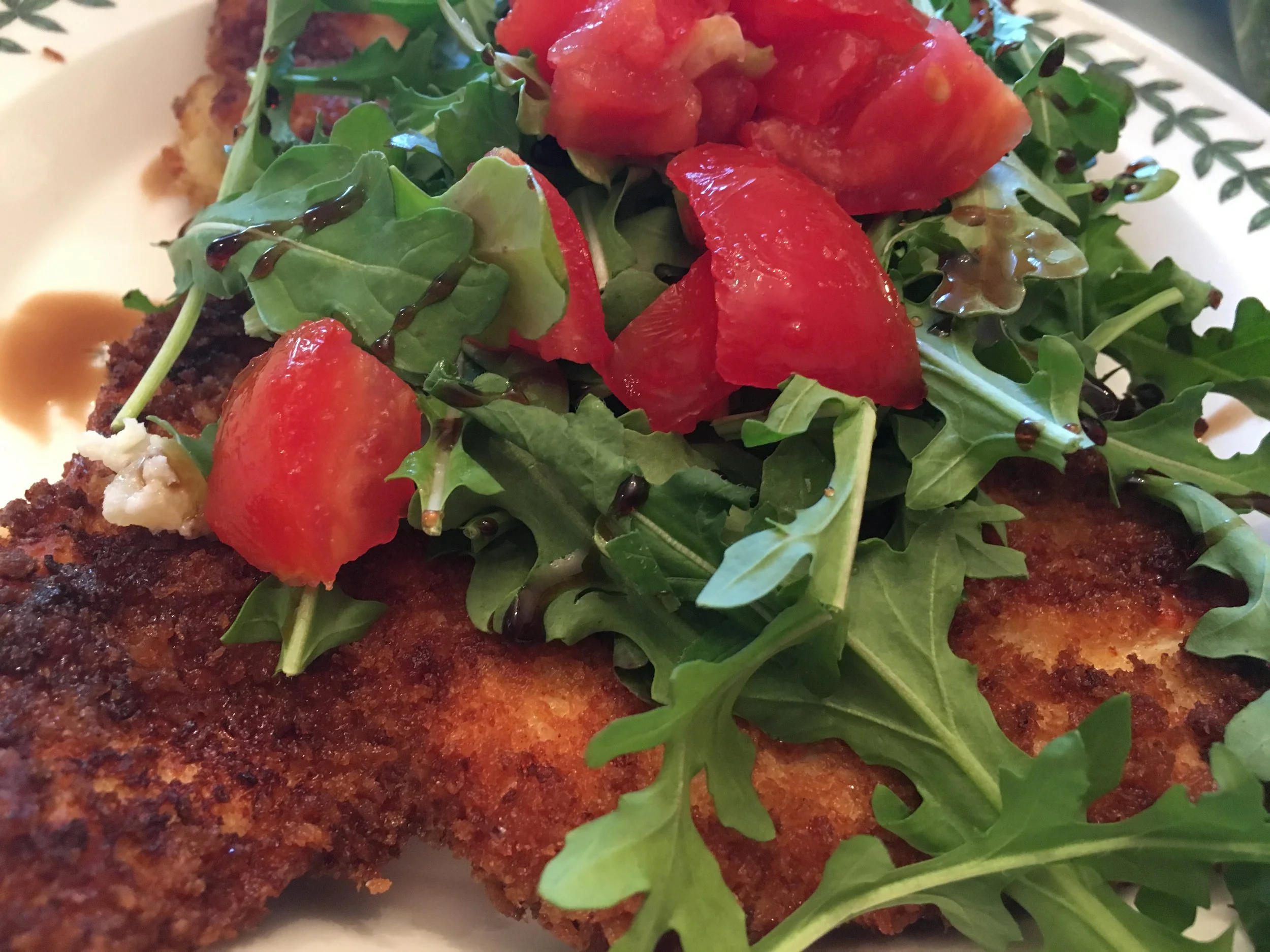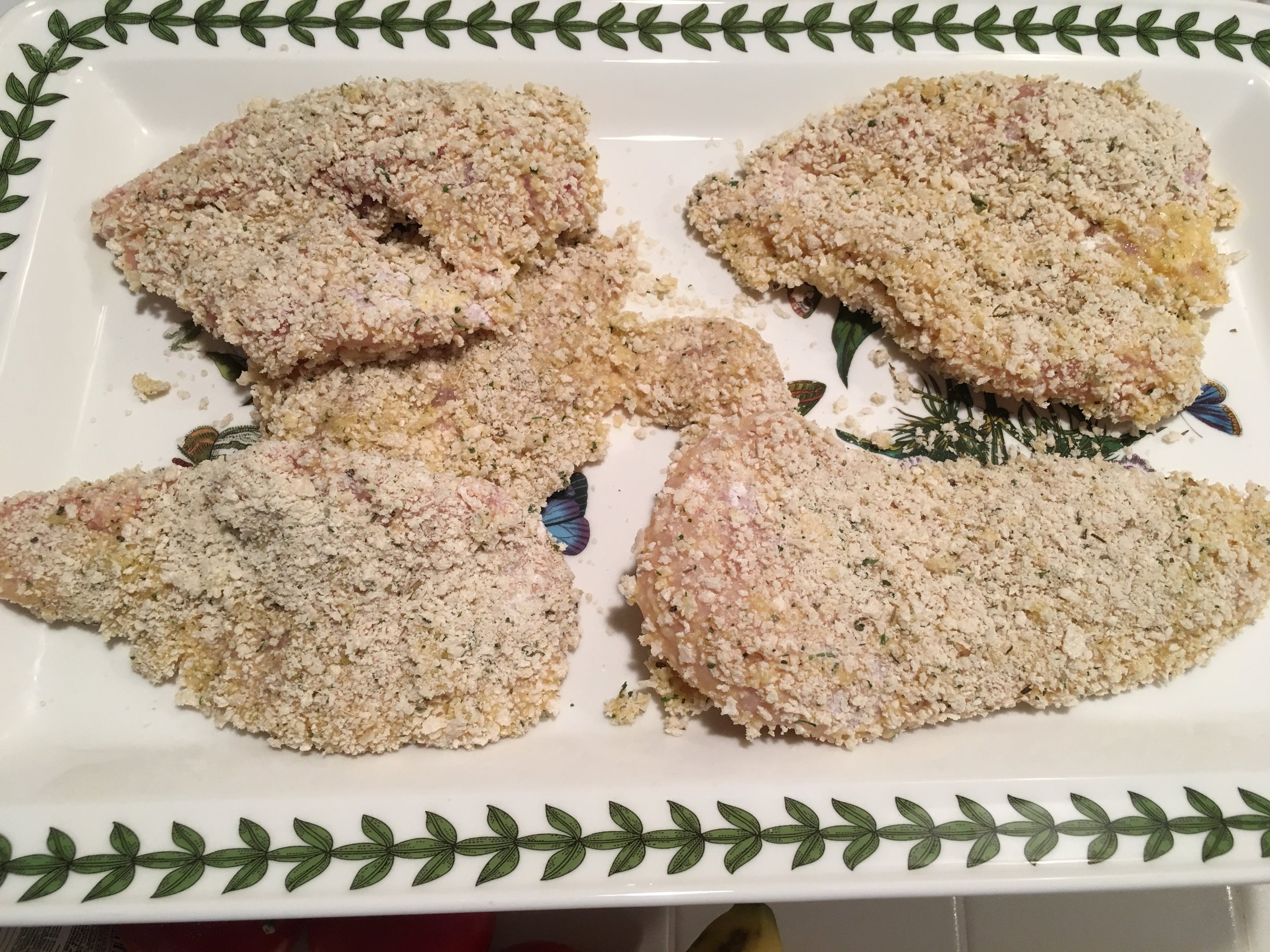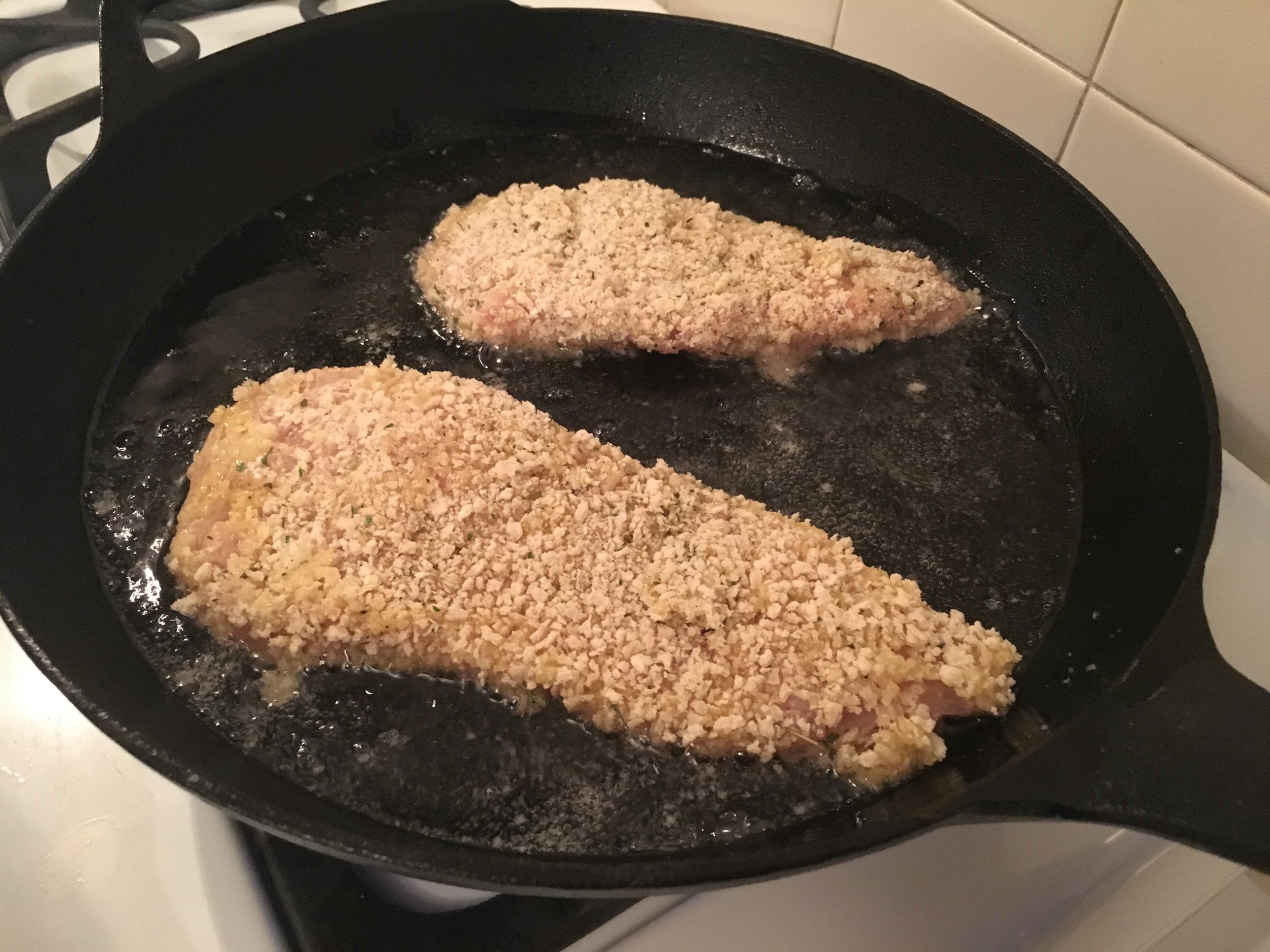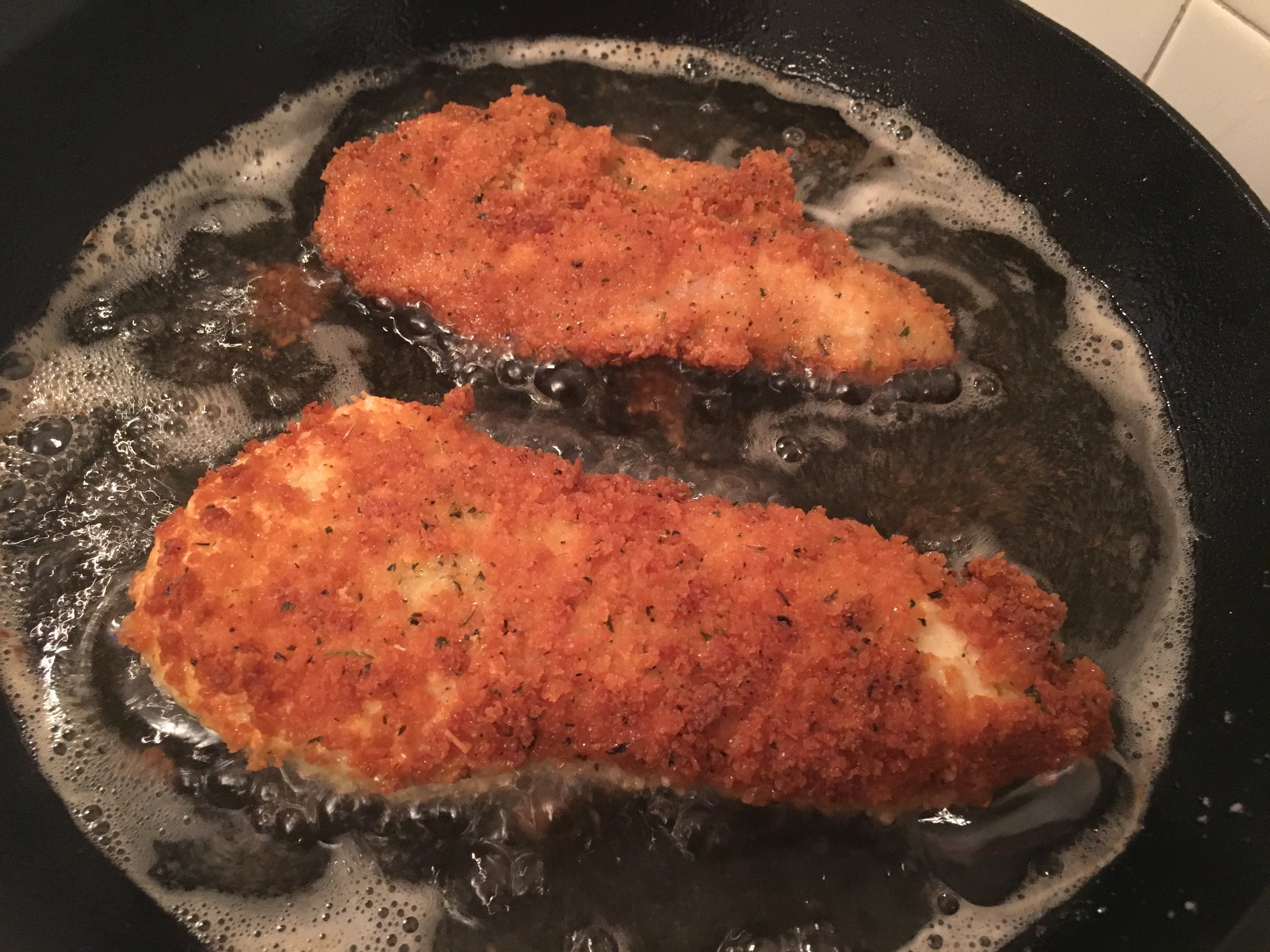Fashion center of the world. Heavy industry and finance. Beautiful nineteenth century architecture. Fantastic cuisine. All of these—and more—can be found in Milan. It’s really a lovely city, especially at Christmas time, when the white marble of the city’s Duomo, or main cathedral, shines as the lights twinkle all around it.
Yeah, that means it’s beautiful and all. But you must be curious about the “Fantastic cuisine” part.
As readers of this blog know, ecology makes a difference when it comes to thinking about local food culture. Milan is located in Italy’s northeastern state of Lombardy. From an ecological perspective, it is much less like the more Mediterranean climates of points south like, say, Naples, and much more like the Alpine climates of Switzerland. Less volcanic soil and bright sun. More mountains, grass, and green fields.
As such, when thinking about food of Northern Italy, we have to think less of cucina povera—the relatively beef-poor, pasta-, nightshade-, and mozzarella-heavy culinary regimes of the far South which are so beloved in this country—and more in terms of an Alpine pantry of heavy dairy products, beef-based protein, and carbohydrate alternatives to pasta, such as rice. Rice, you ask? Darn tootin’ rice, but that’s the topic for another show.
So how best can I capture Milanese cuisine for you, Dear Reader? By making Milanese of course.
If you went to a trattoria in Milan and asked for a Milanese, you might get into a modified version of “Who’s on first?” That is to say, Milanese is simply the adjective describing a person or thing which comes from the city of Milan. In order to get the above cutlet which is so elegantly served with the bone in, you would have to order a “cotoletta”. In earlier etymological life, “cotoletta” used to be “costoletta” or “little rib” and now you know why that bone is so central to the dish as conceived in Milan. Indeed, cotoletta is thoroughly Milanese, as Milanese as risotto milanese (again, another show).
“But Steve,” you say, “didn’t the Milanese just copy Austrian wiener schnitzel?”
Absolutely not. Costoletta is the OG breaded cutlet. In 1134, a breaded veal cutlet was on the menu of a monastic banquet at the Basilica of Sant’Ambrolgio smack dab in the middle of Milan. There is even some evidence suggesting the Romans consumed meat cutlets coated in bread crumbs as far back as the first century BC. Mic drop.
This is indeed the subject of some beef, er, veal, between Austria and Italy. Neighbors with long histories like to squabble. Italians claim that it was the Austrians who ripped them off. To add context to this back-and-forth, I have to offer a historical interlude. If you don’t have the attention span for European history at the moment, I get it. It’s fine. I’ll survive. But do try to come back and read at some point. I promise it’s a good story. Hook: It’s pretty wild that Italy as a unified country is only about 150 years old…
~~HISTORICAL INTERLUDE START ~~
Much of the Italian subcontinent—the boot, as it were—was, for much of the last fifteen hundred years or so, governed by foreigners, particularly Austrians. Beginning with the signing of the Peace of Cateau-Cambrésis in 1559, which saw France renounce all of its claims to the subcontinent, Italy was part of the Hapsburg dominion, one of the most powerful royal families of early modern Europe. For centuries, Italians resisted Austrian interference in their local affairs; this independent streak got a shot in the arm with the principles of the American and French Revolutions. For a brief decade, the Napoleonic occupation of Italy “liberated” the subcontinent from Austrian interference, imposing his liberal legal codes and social mores on what had been an underdeveloped, conservative region. But in 1814, Napoleon’s fall saw things revert to the ancien regime: the Austrians were back.
But the cat was out of the back for many Italians, who had slowly gained access to ideas about national self-determination and liberalism. Italian patriotism became a new intellectual current, particularly in the North of Italy. In 1831, Giuseppe Mazzini founded “Young Italy,” an organization devoted to the independence and unification of the subcontinent, known as Risorgimento, or “rising again", which would be an intellectual force for liberal-minded Italians—including famous red-shirted Giuseppe Garibaldi—for the next 30 years or so. In 1848, nationalist revolts broke out across across Europe against old-school monarchies, and Italian patriots throughout the subcontinent launched offensives against the reigning monarchical authorities. In Milan, nationalists were able to knock Austrians on their heels and they held up in the Quadrilateral fortresses in the region. Their commander in the Lombardy-Venetia region was Field Marshall Josef Radetzky von Radetz. Radetzky was an old-school warrior, having fought against Napoleon at the turn of the century. Radetzky distinguished himself as an able commander of Austrian troops in 1848, and was able to turn the tide against the patriot forces at the Battle of Novara. Austria resumed control of Northern Italy, and Field Marshal Radetzky was promoted to Viceroy of the region, the only Austrian viceroy who wasn’t a member of the Hapsburg family. He was a decent guy by all accounts, and treated patriots and lower-class folks gently, such that apparently Italians respect him as a gentlemanly rival.
Okay, so here’s the food legend part. Apparently, Radetzky rather enjoyed Italian living. In particular, he had to comment on the local culinary treats. The story goes that Radetzky sent a message back to Emperor Franz Josef telling the Emperor how much he liked this local treat, and that his Majesty might consider trying something like this out at Schoenbrun Palace. And thus, wiener schnitzel was born.
Except we don’t have any archival records of this letter. And we have some indication that Austrians had been breading and frying veal cutlets and brains since at least 1719, some 125+ years earlier. So that pokes a hole in the Milanese argument that the Austrians totally plagiarized them.
~~END HISTORICAL INTERLUDE~~
The tl;dr for those returning from their nap/cocktail/video games is that cotoletta is a Milanese thing, but that the Austrians didn’t steal it from Milan after beating the patriots in 1848. Most likely, breaded meat migrated back to Vienna at some point between 1134 and 1719 due to the fact that Austrians and Italians were constantly moving back and forth due to porous imperial boundaries. It didn’t take a Field Marshall to clue Austria into how good breaded cutlets are—as soon as you smell it, you just know this is something you need in your life.
Okay, to reward you for your attention, let’s get to the grocery store.
Chicken Milanese
1 pound boneless, skinless chicken breast or scaloppine
3 eggs, beaten
1 cup flour
1 bag panko bread crumbs
1/4 cup of freshly grated Parmesan cheese
Vegetable oil
Accountrements, as you see fit (discussed below)
Veal is the standard for cotoletta, but chicken is both more user-friendly, as well as ethically more tolerable for many eaters, so we will be using chicken. What we want here is to get a cutlet that is thin enough to cook through in the time it takes for the breading to brown and crisp nicely. We’re looking for about a quarter-inch in thickness. If your local store sells scallopine-cut chicken, you can get that. Or do it yourself. Cover it in plastic wrap, and take a mallet or even just a heavy can and let the weight fall down on the center of the cut, then move the force laterally, in sort of a “J” trajectory. If you get a super thick breast and you can butterfly it by cutting it open like a book and lay it flat out.
Set-up is absolutely critical for chicken Milanese. We need to be totally organized to facilitate the passage of our raw chicken out of salmonella-ridden purgatory and into culinary heaven. To save yourself from the trials and tribulations of food poisoning, work clean and minimize dripping and splattering. Check out my assembly line here:
I have one plate covered in flour, and a little salt and pepper. I have a bowl filled with beaten eggs and a splash of water to thin it a little. I have another plate covered with breadcrumbs, seasoned with about a tablespoon of oregano, pepper, and the grated cheese.
From a culinary standpoint, it’s worth it to discuss the theory and practice of breading.
If you’ve ever worked with clay, you might be familiar with the process by which different pieces are stuck together. The site of adhesion is scored, so as to rough up the surface. Slip, a clay/water slurry, is spread over the scraped surface. The final piece is also scraped and adhered, making a not-so-tasty layer cake.
So, what we’re going to do is the edible version of that. Well, I suppose you could eat clay, but I wouldn’t necessarily recommend it. Actually, no. Don’t eat clay.
Where was I? Yes, making a layer cake. We will use a dry-wet-dry sequence. Why? I’m glad you asked.
The initial light flour dredge is meant to create a tacky scaffolding which facilitates the gelling of the egg wash upon the surface of an otherwise slippery chicken. The egg is the key structural component here: when the cutlet fries, albumin in the white denatures and rivets the crispy breading to the meat below. The breadcrumb/parm combo is the aesthetic component that we’re really excited about. When everything is cooked, we will have a moist, cooked meat component, protected from the oil by the insulation of the breading, and a coherent layer of breading on the exterior which is crunchy.
Take your cutlet and lightly dredge in the flour with your left hand. Tap off excess flour, and drop with your left hand into the egg. With your right hand, swish the chicken around and coat well. Again, let excess drip off before dropping the cutlet onto the final plate. Switch back to your left hand and coat well with breading. Rinse and repeat. Et voila:
You’ll note I suggested keeping one hand dry and one hand wet. If you use your dominant hand the whole time, you’ll bread your hand and it’ll be a mess. I know how much you like breading, but trust me, it really hampers manual dexterity when you have the equivalent of a hundred chicken tenders plastered on your fingers. Remember, set up.
Let’s let those bad boys rest a minute to facilitate fusion of the breading layers. We turn to oil. Get a deep shallow fry pan and add oil to fully cover the bottom of the pan. Turn the heat on to medium. Wait.
Waiting is important here. If we start the frying to early, we’ll get a soggy disaster. See, part of the magic of frying is the delicate balance between fat and steam. As you submerge the food item, immediately water contained within will begin to boil. These steam bubbles will fill up all the nooks and crannies, and all that oil won’t have any chance to penetrate into the food to soggify it. Cool your jets and let that oil get hot.
You’ll know that we’re ready to rock when you flick a SMALL amount of water into the oil and it bubbles and hisses a tiny bit. Don’t dump a bunch of water in hot oil or it’ll flash boil, atomizing the hot oil in the process and faster than you can say “Dracarys", you’ll have a fire ball on your hands.
If you do get a grease fire, don’t panic and please, God, don’t pour water on the fire. You’ll just spread it. Either cover the pan with a cookie sheet, or use your fire extinguisher. You do have one, right? Me neither.
Ok, place some of your beauties in the hot oil gently. Don’t overcrowd the pan, or the temperature of the oil will drop and then we have a one-way ticket to Soggsville.
Let the oil gentle burble around the cutlets, and use your tongs to check the underside every so often until they’re golden brown. Flip and see this:
That’s good stuff. Finish the other side. Take the cutlet out and place on paper towel to drain. Repeat with the remaining cutlets until you finish. If your oil starts smelling a little funky or turns very dark, pour the oil into an empty tin can, add more fresh oil, heat it up, and proceed as you were.
When your cutlets have drained, you now have Milanese. Congratulations! Now, the question is, how do you want to eat it?
In Milan, they’ll often just do a spritz of lemon juice on top of the cutlet, a nice acidic bite to cut the richness of the fried cutlet. They’ll also serve with pomodorini—little tomatoes—and arugula salad, which is my particular favorite, as you can see here:
What you have here is chicken Milanese with Salsa Cruda, arugula, and Balsamic syrup. The syrup you can buy in the store, or just pour some balsamic vinegar in a pan, and simmer until it turns syrupy and luscious.
As readers of this blog know, Italian food is blessedly modular, meaning that discrete culinary chunks can be recombined in new and fabulous ways. Now that you known the Milanese protocol, the world is your oyster. Like notes on a keyboard or colors on your pallet, once you know some basic techniques, you can combine in ways to create a real masterpiece. Here are two additional ideas:
Chicken Parmesan: spoon Marinara over the cutlet, and apply some low-moisture mozzarella over top and broil on High until melted and slightly brown.
Chicken Picatta: in a saucepan, melt butter, and one clove of garlic. Add the juice of half a lemon, and three tablespoons of capers. Spoon over top the cutlet.
We’ve reached the end of our romp through Italian history. I hope you don’t get mad, but I do want to make one heavy point before we part.
As I noted above, the paternity of the cotoletta has represented a point of minor contention between erstwhile foes Austria and Italy. Yeah, it’s fun and silly to fight about, like soccer rivalries or the way we spell “color” or which wine is the best. But consider that beefs about food are symbolic conflicts over larger issues. Food is so thickly slathered with symbolic meaning that food can sometimes mean multiple things to multiple people at the same time. For a nation that has struggled for centuries to be free from foreign intervention, it matters that cotoletta is Milanese. Otherwise, it would just be another thing that the Austrians took from Milan. I don’t want to claim that breaded veal is like a rallying cry for Milanese people, but yeah, I think these legends are instructive and do matter. Food is eminently political.
I talk a lot about regionalism in Italian cuisine—Rome, Bologna, the South, and now, Milan. Part of the fact that Italy has preserved such a rich tapestry of local gastronomic cultures is precisely due to the fact that Italian unification came so late in history, and proceeded much more contentiously and fitfully than in other nations. When I was in Florence, I was told that people still sometimes say “Better to have a dead body in your house than a Pisan at your door.” They say this jokingly, to be sure, but it still strikes me as a strange dynamic. For perspective, Pisa is one hour away from Florence by train—it would be the equivalent of saying in Chicago, “I’d rather be dead than break bread with someone from Kenosha.” Regionalism is evidently still a powerful force in Italy, and food tells that story very well.
I’ve been rather long winded with this post, but I feel like I have to be clear about my goal with this page. It isn’t just to write about delicious food (though I do enjoy that). It’s about understanding the symbolic power that food has. It’s about more clearly seeing food as a source of exclusion or reconciliation, of poverty or plenty, of community or isolation, of subjugation or liberation. That, I think, is the central magic of food: it has a sacramental character. When we eat, we do not merely get the physiological nourishment and aesthetic delight of a piping hot chicken cutlet. We are also emotionally fulfilled by the humanity encoded within that humble piece of meat.
That, my friends, is a special thing. Dig in.









